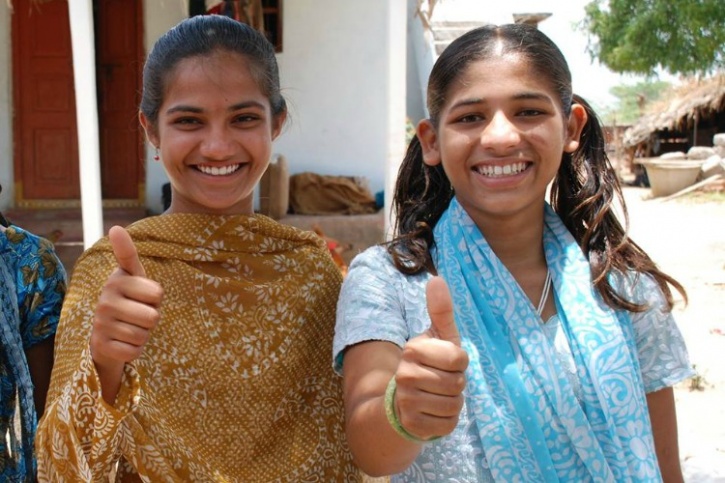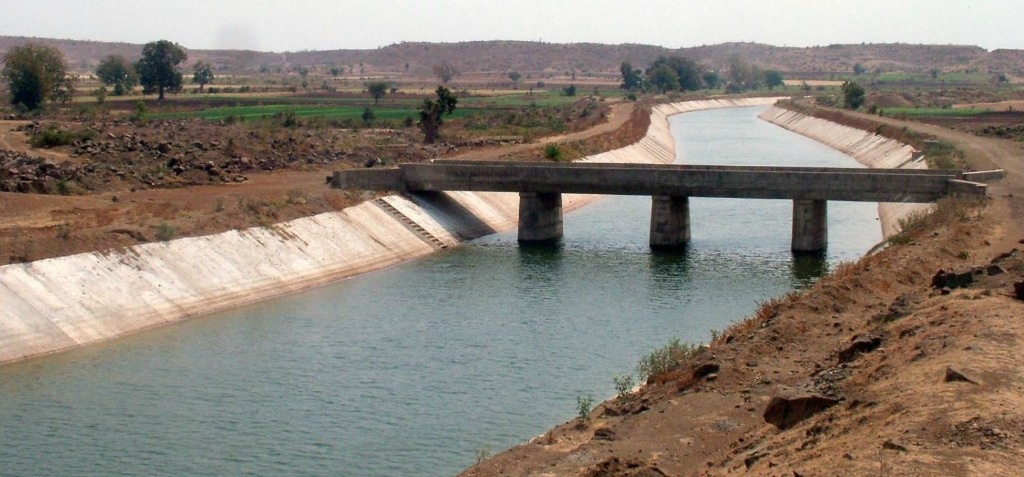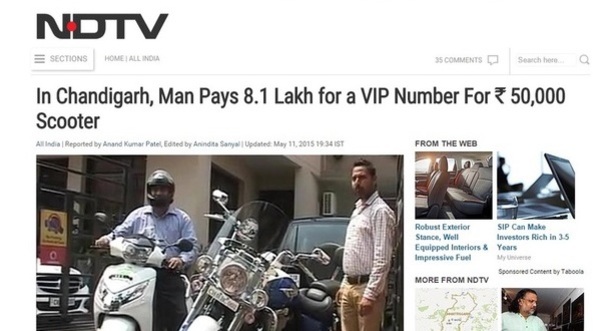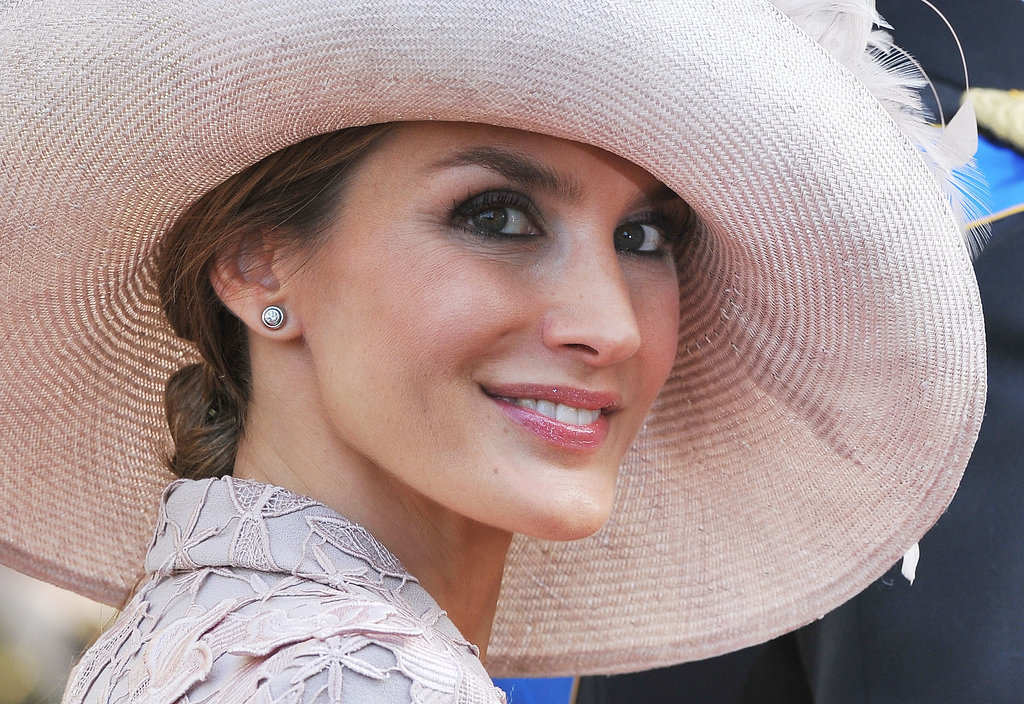What Are Exoplanets And How NASA Detects Life Beyond Our Solar System
Bharti Airtel Set To Acquire Telenor India Within This Year
Google Celebrates NASA’s Discovery Of Seven Earth-Like Planets With An Animated Doodle
Some Home Remedies That Might Sound Bizarre But Actually Work Like A Charm
Akshay Kumar Feels He Has Made Enough Money, Now Wants To Focus On Content & Characters
Delhi ATM Dispenses Fake Rs 2000 Notes From ‘Childrens Bank of India’ With ‘Churan Lable’
Adolf Hitler’s Personal Telephone During World War II Is Up For Auction In The US
From Salman Khan To Rekha, Neil Nitin Mukesh’s Wedding Reception Was Quite A Starry Affair
The Interlinking Of Rivers For Flood Fighting Is No New Concept - But How Sustainable Is It
As many environmentalists feel, the social adversity weighs heavier than that of the ILR dream of Water Resource Minister, Uma Bharati. ILR is an old dream of Sir Aurther Cotton, an engineer of the British rule (who planned and executed the Dowleswaram Barage on the Godavari), who proposed interlinking of rivers, in 1858, for navigation and also to fight floods and droughts. Later, KL Rao, India’s Irrigation and Power Minister for three consecutive terms, in 1972 mooted to have 2,640 km-long canal to transfer monsoon flood waters from the Ganges near Patna to the Cauvery in the South. “River was not a bundle of pipes which can be cut, turned pipes and welded at will,†says Rama Swamy Iyer, Former Water Resource Secretary, vehemently opposing the inter-linking of rivers (ILR).
Will constructing large dams across our rivers help?
When it comes to the question of food security, according to the World Commission on Dams, big dams contribute to an insignificant percentage (10 to 12) of food grain production in the country, while groundwater is the real lifeline contributing to 70 percent production.
Himanshu Thakkar of the South Asia Network for Dams, Rivers and People says this needs to be sustained by protecting the traditional recharge of ground water system. ILR would seriously endanger the very resource that sustains the country’s food security.
Many of the conservationists strongly say that ILR “entails environmental tinkering on an epic scale destruction of natural rivers, aquatic and terrestrial bio-diversity, salinity ingress and a significant increase in methane emissions from storage reservoirs. Activists say “the cumulative devastation from the 30 ILR projects proposed by Uma Bharati will be irreversible.â€
Dissenters to the proposal include Maneka Gandhi, Women and Child Welfare Minister; Devendra Fednavis, Maharashtra Chief Minister, who calls for promotion of watershed management and conservation instead of ILR. Navin Patnaiak, Odisha Chief Minister, has expressed his concern over extensive submergence and has asked for alternative strategies.
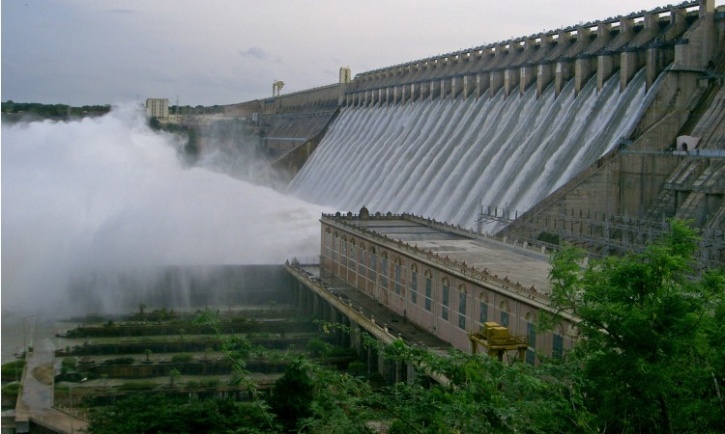
It is important for the Government to build a consensus among all the stakeholders – which should most importantly include the people who are going to be affected by this project.
It is often said and has been seen many a time that the most affected stakeholders have the least say, due to a variety of reasons - the indifference of their elected representatives, the Governments and the PPP partners who have invested big money or even the officials who toe their higher-ups' line. It isn’t like there are no pros; every project does and so does this inter-linking of rivers, but it has to go through a proper democratic process of hearing out the stakeholders, making changes if need be, in a fashion that causes the least amount of collateral damage.
However, for decades, this open forum based project development has only been a dream for the people for whom the project is apparently being commissioned. Nor are they fully heard or their fears completely addressed. It has become a one-sided affair – whether it's for political compulsions, ideology or to showcase to the world that we are capable of magnanimous projects.
The baseline still remains that the final benefactors, - the commoners (a farmer, a boat owner, fisher man or the people who will be displaced) - have to benefit in the long run. This is a challenge that needs to be addressed in a comprehensive and scientific manner before the project takes off.
